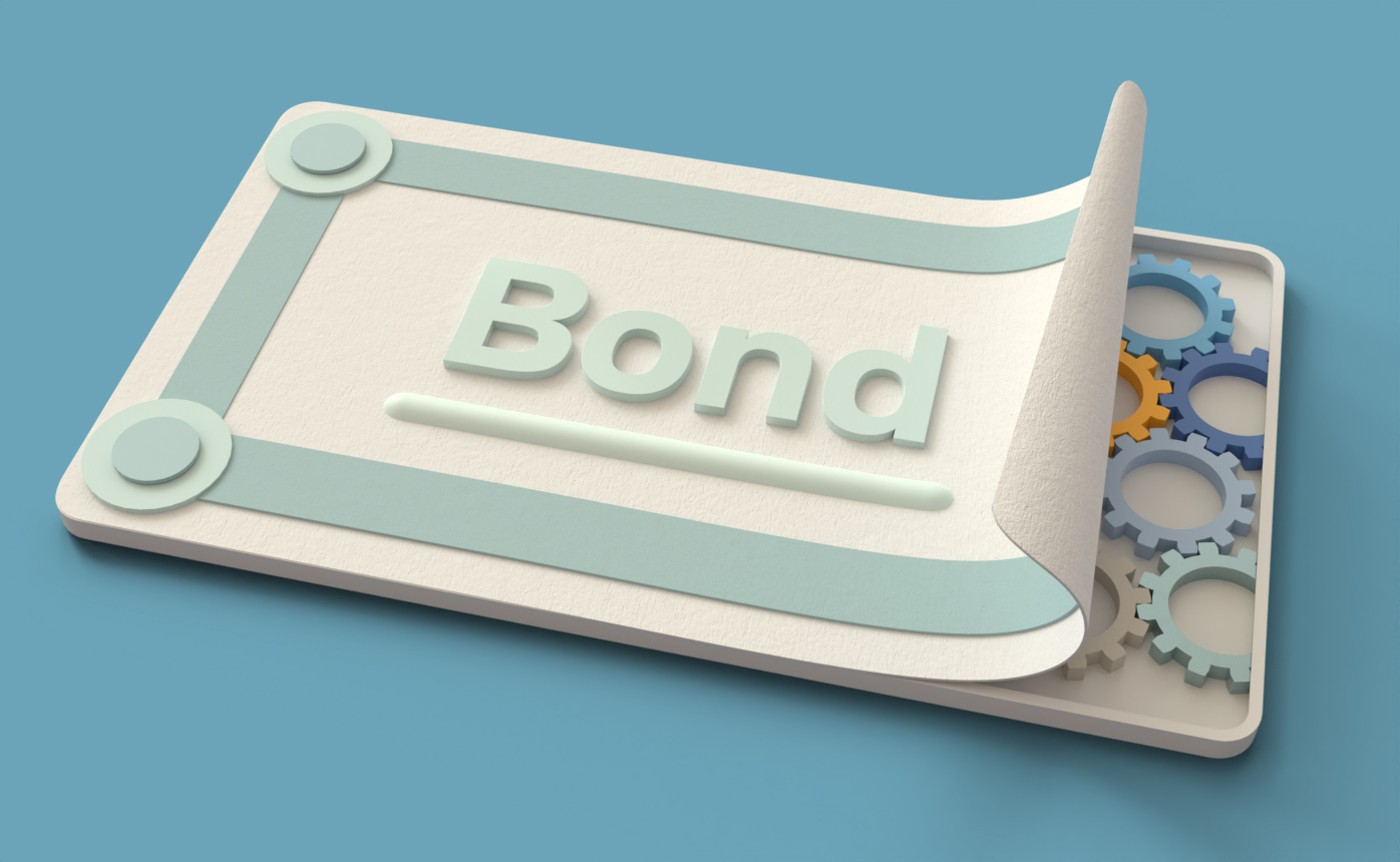
Choosing the right trading time frame can help you to better determine the market's direction. It can also lead to increased profitability for your trading strategy. Additionally, it is worth looking at incorporating different time frames into your trading strategy.
Forex market traders have many options for time frames. Most traders prefer to use a 1 minute and a 5 minute time frame. These charts allow traders to see the price activity of specific currency pairs more clearly. You can also use longer timeframes to assess the potential trade. A currency pair will be more visible if you use a longer timeframe.

The market is active seven days a săptămână, 24 hours a year. Different trading sessions have different market characteristics. For example, day trading sessions require that you use tighter stop values, while longer trading sessions will require that you have a more complete picture. Combining both of these is often a good strategy. The key is to conduct a thorough analysis of the market and determine the best time for trading. This will enable you to make informed decisions.
A trader using a 15-minute timeframe might see a trend turning, while a trader using a 1-hour timeframe might not. A trader might see a bullish picture if they have a long timeframe, while a trader might only see it if they have a 5-minute timeframe. Switching between time periods can help you get a more complete picture of market trends and sentiment. This may help you decide on a time to enter or exit a trade.
It all depends on what trading style you have, how fast the market is moving and what your financial goals are. A day trader who is looking to trade frequently may prefer to trade with a shorter period of time. If a day trader wants to only trade when the market trend is strong, they will need to trade with a shorter time frame. For day traders, the shorter time frame works best. However, long-term traders who have a trading strategy that involves currency pairs may prefer a longer timeframe.
It can help you spot larger trends in the market. A trader who uses a 4-hour timeframe may be able see the last break in an up fractal on the chart. This will indicate that the market is moving in the right direction. A trader who uses a 4-hour timeframe will need to wait for the market's movement before he can open a trade. Traders who work within a 1-hour deadline can open trades quickly but must wait several hours before they can exit.

Multi-time frames can be beneficial but it can also lead to confusion. One trader might use a four-hour chart to look for trends and another hourly chart to enter trades. This could lead to traders missing potential trades.
FAQ
How are Share Prices Set?
Investors set the share price because they want to earn a return on their investment. They want to make profits from the company. So they buy shares at a certain price. The investor will make more profit if shares go up. If the share value falls, the investor loses his money.
An investor's main objective is to make as many dollars as possible. This is why investors invest in businesses. They are able to make lots of cash.
What are some of the benefits of investing with a mutual-fund?
-
Low cost - purchasing shares directly from the company is expensive. It's cheaper to purchase shares through a mutual trust.
-
Diversification – Most mutual funds are made up of a number of securities. The value of one security type will drop, while the value of others will rise.
-
Management by professionals - professional managers ensure that the fund is only investing in securities that meet its objectives.
-
Liquidity- Mutual funds give you instant access to cash. You can withdraw money whenever you like.
-
Tax efficiency: Mutual funds are tax-efficient. This means that you don't have capital gains or losses to worry about until you sell shares.
-
No transaction costs - no commissions are charged for buying and selling shares.
-
Mutual funds can be used easily - they are very easy to invest. All you need is money and a bank card.
-
Flexibility: You can easily change your holdings without incurring additional charges.
-
Access to information – You can access the fund's activities and monitor its performance.
-
Investment advice - you can ask questions and get answers from the fund manager.
-
Security - you know exactly what kind of security you are holding.
-
Control - you can control the way the fund makes its investment decisions.
-
Portfolio tracking - you can track the performance of your portfolio over time.
-
Easy withdrawal: You can easily withdraw funds.
There are some disadvantages to investing in mutual funds
-
There is limited investment choice in mutual funds.
-
High expense ratio: Brokerage fees, administrative fees, as well as operating expenses, are all expenses that come with owning a part of a mutual funds. These expenses can impact your return.
-
Lack of liquidity - many mutual fund do not accept deposits. They can only be bought with cash. This limits the amount that you can put into investments.
-
Poor customer service - there is no single contact point for customers to complain about problems with a mutual fund. Instead, you should deal with brokers and administrators, as well as the salespeople.
-
Ridiculous - If the fund is insolvent, you may lose everything.
What is a Bond?
A bond agreement between 2 parties that involves money changing hands in exchange for goods or service. It is also known as a contract.
A bond is usually written on paper and signed by both parties. This document details the date, amount owed, interest rates, and other pertinent information.
The bond is used for risks such as the possibility of a business failing or someone breaking a promise.
Many bonds are used in conjunction with mortgages and other types of loans. The borrower will have to repay the loan and pay any interest.
Bonds can also help raise money for major projects, such as the construction of roads and bridges or hospitals.
A bond becomes due when it matures. This means that the bond owner gets the principal amount plus any interest.
If a bond does not get paid back, then the lender loses its money.
Statistics
- Our focus on Main Street investors reflects the fact that American households own $38 trillion worth of equities, more than 59 percent of the U.S. equity market either directly or indirectly through mutual funds, retirement accounts, and other investments. (sec.gov)
- Even if you find talent for trading stocks, allocating more than 10% of your portfolio to an individual stock can expose your savings to too much volatility. (nerdwallet.com)
- The S&P 500 has grown about 10.5% per year since its establishment in the 1920s. (investopedia.com)
- For instance, an individual or entity that owns 100,000 shares of a company with one million outstanding shares would have a 10% ownership stake. (investopedia.com)
External Links
How To
How can I invest my money in bonds?
You need to buy an investment fund called a bond. They pay you back at regular intervals, despite the low interest rates. You can earn money over time with these interest rates.
There are many different ways to invest your bonds.
-
Directly buying individual bonds
-
Buy shares from a bond-fund fund
-
Investing through an investment bank or broker
-
Investing through a financial institution
-
Investing via a pension plan
-
Invest directly through a stockbroker.
-
Investing through a mutual fund.
-
Investing through a unit-trust
-
Investing with a life insurance policy
-
Private equity funds are a great way to invest.
-
Investing through an index-linked fund.
-
Investing through a hedge fund.